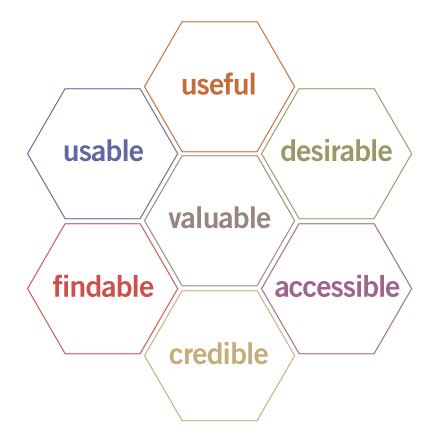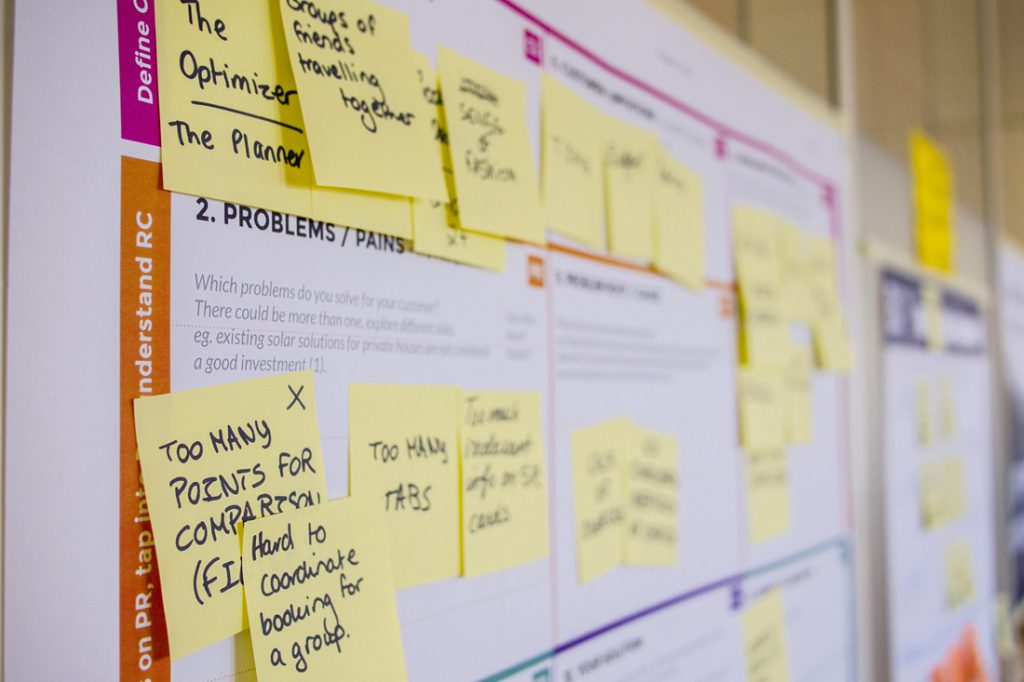User Interface vs. User Experience – Is There a Difference?
In general, people use user interface (UI) design and user experience (UX) design pretty interchangeably – but are they the same thing? User interface design is the visual layout of the elements that a user might interact with on a website. UX design is the process design teams use to create products that provide meaningful and relevant experiences to users. So, in other words, user interface design is focused on the visual layout of a website while user experience is focused on the experience of the user using that website. But, user experience is much more than that.
User experience design is involved in almost everything we use – coffee cups, stoves, computers, cars – much more than just website design. It’s important to note that UI (user interface) and UX (user experience) design go hand in hand – how the product or service looks (UI) has a big influence on how the product or service will get used (UX). More importantly, how a user interface is designed will greatly affect the user experience.
UX design is about involving people in every step of the design and development process. UX Designers are concerned with the why, what and how of using products, tools, websites – pretty much anything that is used by humans. To do this, we have to develop personas – the role a person plays as a user of your product that considers character, demographics, social status and more. Each persona needs to be tested to determine whether the user experience expectations are being met.
Think about it: how many times have you picked up an object that has a specific function and thought to yourself, “this would be so much better if they had done x to make it more useful/usable”. Probably happens more than we’d like to admit. It’s in these instances that user experience design probably hasn’t been considered – at least, not as much as it probably could have been.
ORIGINS OF USER EXPERIENCE DESIGN
Some say that origins of UX design began with the Chinese 6000 years ago with the philosophy of Feng Shui, or the spatial arrangements of objects in relation to energy flow. Others argue that the Greeks in the 5th Century BC and their use of ergonomics to design tools and workspaces were the beginnings of UX design implementation. In more modern years, Frederick Winslow Taylor introduced the “Principles of Scientific Management” which focused on optimizing the relationship between humans and their tools, which was criticized for how it related people to cogs in a wheel.
Over time, companies like Toyota, Disney, Xerox and Apple began the exploration of designing for people with the birth of the tabletop telephone, the graphical user interface (GUI) and the mouse. In 1995, Don Norman, who joined Apple as a user experience architect, who coined the phrase “user experience design” and authored a book called “The Psychology of Everyday Things” now known as “The Design of Everyday Things”, which is an essential UX design resource even to this day.
WHAT ABOUT USER INTERFACE DESIGN?
User interface design focuses on how the user, whether it’s a computer, website or non-computer related object, will interact with the interface elements that allows them to use, understand or facilitate those actions. How does it differ from UX design? Well, for starters, user interface design is about the interface – what users will interact with to perform a desired action – while user experience is concerned with the entire experience of the user from beginning to end using a particular thing. UX design is concerned with the why, what and how people will use something – user interface design is focused on the what and how the user will interact with that thing. What features will they use to perform a task? How will they receive the product of their actions? What will the interface look like? These are the questions that user interface design will answer.
It may seem like there’s not much difference between the two, and that’s not entirely wrong. Both are concerned with the user interacting with a particular thing and how it will get used. The difference between the two comes down to design. It could be thought of simply as user interface design being a component of UX design, where the interface is vital to the user’s experience interacting with an object.
USER EXPERIENCE BASICS
At the center of UX design is value – does, as an end result, what you are providing the user give them the value they are looking for? Is it useful? Accessible? Credible? These must be considered in order for a successful experience for the user.
Peter Morville, of Semantic Studios and formerly of the IA (Information Architecture) Institute, developed the below “honeycomb” diagram to better illustrate the facets of user experience:

Morville’s honeycomb diagram is centered around value – which makes sense – if your product isn’t valuable and meaningful, it’s not likely to have a great user experience. In order for a product to be valuable, he maintains that it must possess six qualities: useful, usable, desirable, findable, accessible and credible.
To be useful, it has to solve a problem or fulfill a need. For it to be usable, it must be intuitive or easy to use. Desirability depends greatly on the look and feel of the particular product and its attractiveness to the user through emotion and appreciation. Along with being usable, a product needs to be findable, or easily navigated, and accessible to people with disabilities. Finally, your product must be trustworthy or credible and people must believe in your product and what you say about it.
As you can see, for an optimal user experience, products and things must meet a variety of standards and the same holds true for user interface design. In order to have a good user experience, it must have a good UI design because that is how people will interact with the product.
ABOVE ALL, USABILITY
No matter whether you’re a UX designer or a UI designer, in the end, it’s all about usability. If it’s not usable, it’s likely not going to be successful. Usability is based on the ease of use of a product or thing. How quickly people can learn how to use it, how many errors they make and how forgiving it is when one makes an error and overall, how satisfied are users after having used it are all usability qualities.
UX design and UI design, as you can tell, are very closely related and are commonly confused as being the same when, in fact, they are not. It’s important to understand that user interface design is just a component of user experience and that user experience considers the entire experience of the user with your product. User experience is much more than a fancy interface or a sleek GUI. It’s about deeply understanding users and what they are looking for and then providing that experience to them.
Need a UX or UI design consultation? Contact DPi Graphics today!






